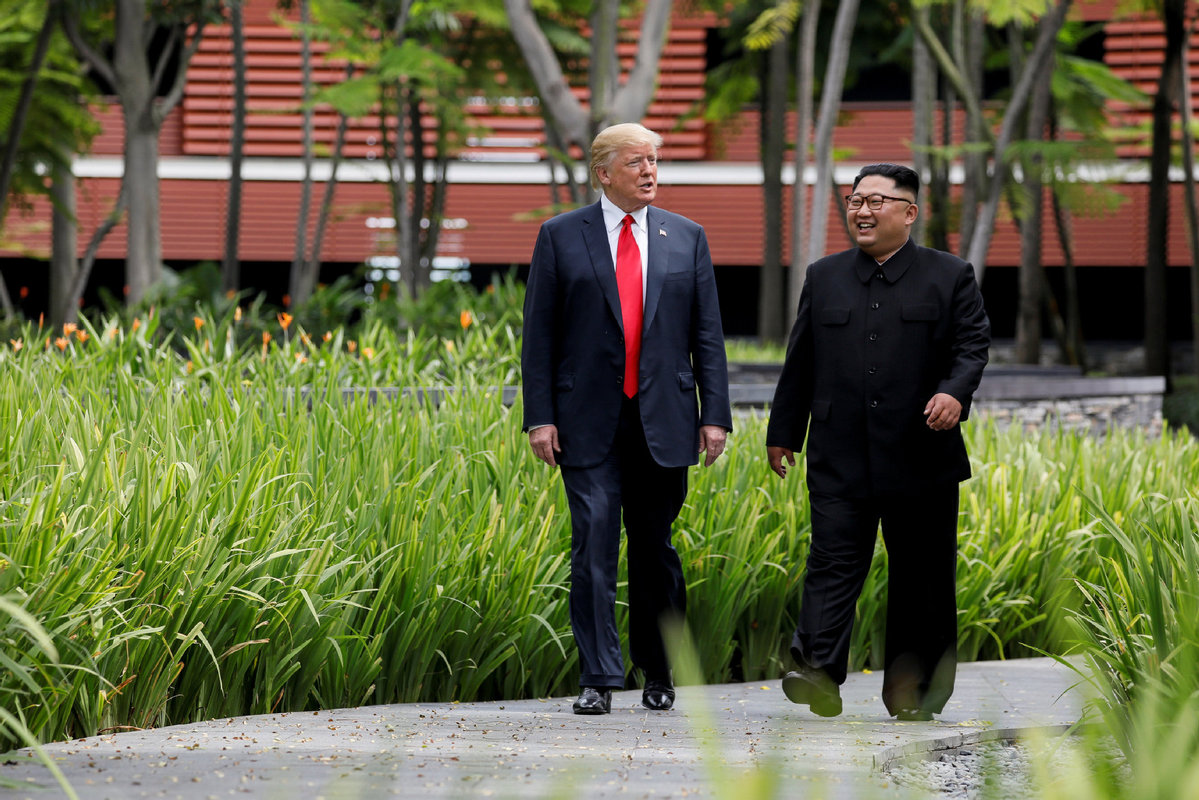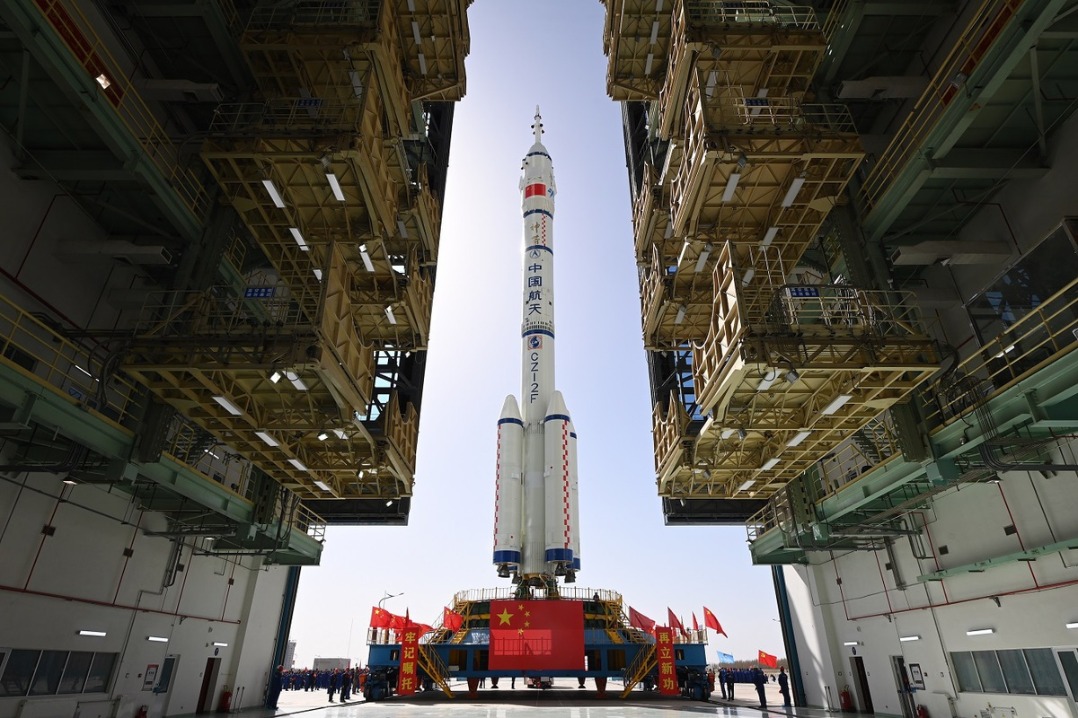Defense radar plan puts regional stability at risk: China Daily editorial
China Daily | Updated: 2019-01-30 22:38

In another provocative move that may further complicate regional security and even spark a new arms race among major powers, the United States is reportedly mulling a plan to deploy a new stationary radar — the Homeland Defense Radar — in Japan to help reinforce the US system aimed at intercepting intercontinental ballistic missiles targeting US territories.
The US already boasts the world's most advanced land-based anti-ballistic missile system, with missiles deployed in Alaska and California to intercept attacks. Yet in the Missile Defense Review released on Jan 17, US President Donald Trump still expressed the intention to reinforce that system, citing threats of intercontinental ballistic missile attacks by Russia, China and the Democratic People's Republic of Korea. The radar deployment is just part of that plan.
Building unrivaled and unmatched military supremacy for the US has been in Trump's mind ever since he came to office. His professed military buildup ambition includes a dramatic increase in US nuclear stockpiles and building a Space Force to turn space into a war-fighting domain like the land, air and sea. His threat to withdraw from the 1987 Intermediate-Range Nuclear Forces Treaty risks undoing all disarmament efforts the world has witnessed over the past decades.
But the claim these moves are in response to military threats to the US is absurd. No country poses any danger to the world's sole superpower, whose military spending is more than that of all other major countries combined.
But hyping up threats from real and imagined adversaries has been a pretext Washington likes to use to seek uncontested military domination in the world. In 2017 it used the threat of missile attacks from the DPRK to install its Terminal High Altitude Area Defense antimissile system in the Republic of Korea, breaking the existing military balance in the region.
The situation on the Korean Peninsula has improved markedly since last year. A historic summit was held between Trump and DPRK leader Kim Jong-un, with both leaders expressing their commitment to denuclearization and ending decades of hostilities.
Since both countries are working for peace on the peninsula, the radar plan seems out of place, it will only do a disservice to the ongoing detente and trust building and may even derail efforts to make the region nuclear free.
History proves that seeking unilateral and absolute security at the cost of the security of other countries will only trigger an arms race, which in return will cause more instability and make the world a more dangerous rather than a safer place. Washington must abandon its Cold War mentality and stop its aggressive moves for the good of peace and stability in the region.























